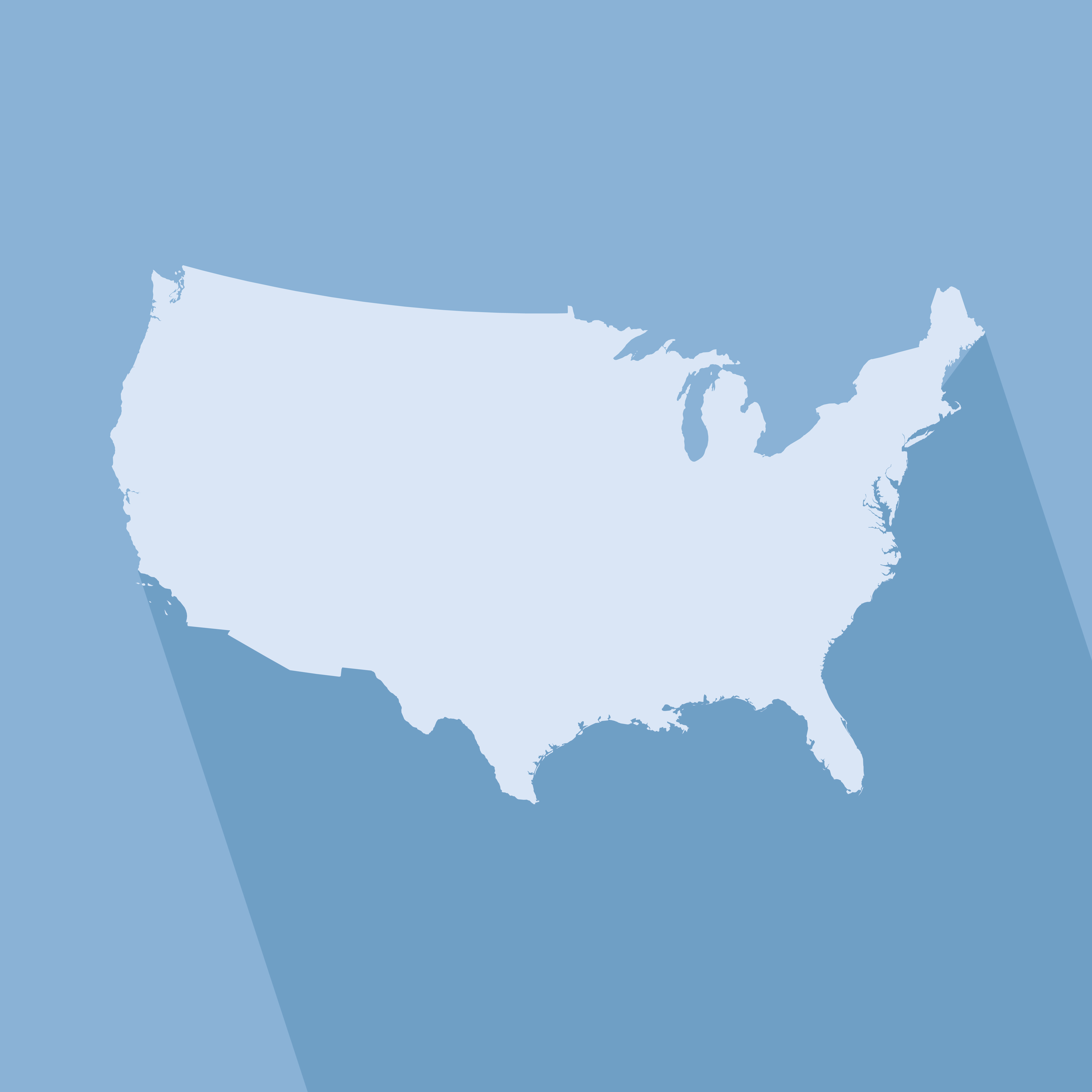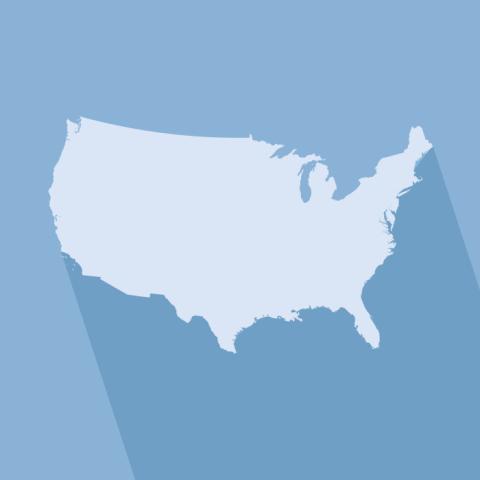- Politics, Institutions, and Public Opinion
- State & Local
- California
Hotel California?
Not quite.
In 2017, it’s Hostile California.
Of the thirty states that voted for Donald Trump in the fall presidential election, none seems as determined and dug-in in its opposition to the new administration as is the Golden State and its hard-left elected class.
Before Trump had taken the oath as America’s forty-fifth president, California’s Democratic political leadership had long since indicated that it intended to battle any attempts by Washington to round up and deport illegal immigrants.
That includes creating safe zones at public schools, hospitals, and courthouses where immigrant enforcement would be banned, providing state funds to those fighting deportation proceedings (a 180-degree turn from 1994’s Proposition 187, which sought to deny public services to illegal aliens), plus a declaration by the state’s leading mayors that their cities won’t budge on the controversial sanctuary practice that turns a blind eye to legal status and chooses not to cooperate with the federal government on law enforcement.
Trump and the Republican-controlled Congress have vowed to repeal and replace Obamacare. Governor Jerry Brown and a Democratic-controlled State Legislature (supermajorities in both chambers), which together have tied California’s health-care fortunes to those of President Obama’s plan, have vowed to fight such reform tooth and nail a program that currently affects about five million Californians.
As for climate change, a signature issue for both Brown and Arnold Schwarzenegger during the past decade, the governor and a newly appointed state attorney general have indicated that any moves on the Trump administration’s part will be met with a gold rush of litigation back in the Golden State.
In all, it has the potential for California to be on a wartime footing in 2017 the likes of which the state hasn’t seen since 1942, in political terms, at least. Only California’s leadership isn’t bracing for an invasion from the other side of the Pacific Rim. Rather, the perceived threat resides back east.
So what’s going on here?
Nineteen other states, in addition to California, preferred Hillary Clinton to Trump in 2016. But only one–tiny Hawaii, with a turnout just 1/32 that of mighty California–sided with her by a larger majority percentage (and by a mere percentage point: 63 percent to 62 percent). In 2012 six states were bluer (higher Democratic voting majorities) than California; in 2008 it was eight states. Thus we have makings of an argument that California marches to a quicker progressive beat than the rest of America despite the changing national winds.
A second theory is that the swift and severe defiance of Trump is symptomatic of a California public awash in the early stages of grief and loss (if you forget about eventually arriving at acceptance, we could be in for four long years of denial and anger).
The state’s progressive leaders smugly assumed that Trump didn’t have a chance of winning and that the presidential election would deliver another administration that complimented the Golden State’s leftward tilt on expanding health care, extending entitlement to illegal immigrants, and generally more deeply inserting government into the lives of its citizenry though overregulation and governmental edict.
Or it could simply be that outraged California Democrats simply detest Trump with an odium that runs deeper than their past disdain for George W. Bush.
Unlike Barack Obama Trump isn’t “coastal cool.” He’s not versed in business-casual schmoozing with tech executives or hobnobbing with the state’s moneyed class (the good news for some Californians: they won’t be looking at four to eight years of Democratic presidential fund-raisers snarling traffic in the San Francisco Bay Area and the West Side of Los Angeles).
The most dug-in of Trump’s California opposition likens itself to “the resistance,” fitting for a state long-governed by the star of the Terminator franchise. The question is in 2017, does California’s open defiance toward the Trump administration prove attractive to a Democratic Party in search of a voice and an identity, or does the reflexive obstruction lead to the impression of a nation-state as a national outlier?
In this edition of Eureka, we’ll examine two topics expected to be at the center of discord and disconnect between the governments in Sacramento and Washington, DC: illegal immigration and Obamacare repeal/reform. We’ll also show how the ballyhooed red-blue divided isn’t quite what it seems. We’l also share some new poll results that gauge the state’s temperature on Trump, policy changes, and a new year of political possibilities that many didn’t see coming.
That includes
- Scott Atlas, the Hoover Institution’s David and Joan Traitel Senior Fellow, lays out five defining features of a “Trumpcare” replacement for Obamacare and its impact on the Golden State.
- Tim Kane, a Hoover research fellow, explores what the Trump administration may do with regard to immigration reform and sanctuary cities in California: carrots and sticks at the executive branch’s disposal.
- Sam Abrams, a Hoover research fellow and professor of politics at Sarah Lawrence College, explains why the conventional wisdom of a divided California doesn’t match up to state demographics and voting trends.
- Tammy Frisby, a Hoover research fellow, takes us through the findings of the latest Hoover Institution/Lane Center Golden State Poll that asked Californians a battery of questions on Trump, sanctuary cities, and their postelection state of mind.
We hope you enjoy this latest installment of Eureka and that it gets you thinking about where California stands and if we’re moving in the right direction.
Happy reading!
















